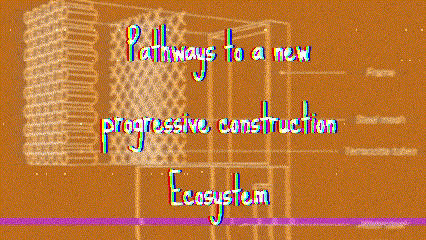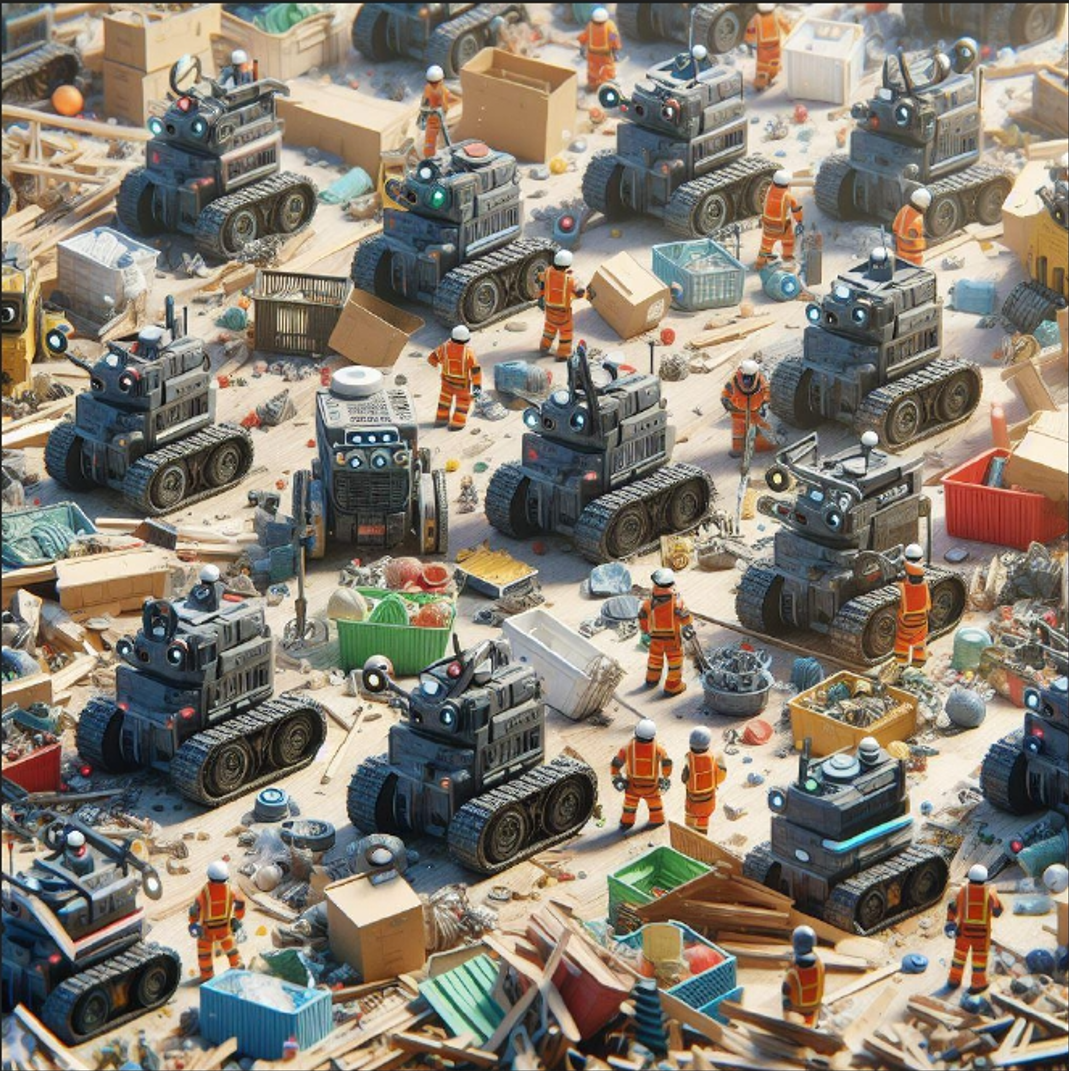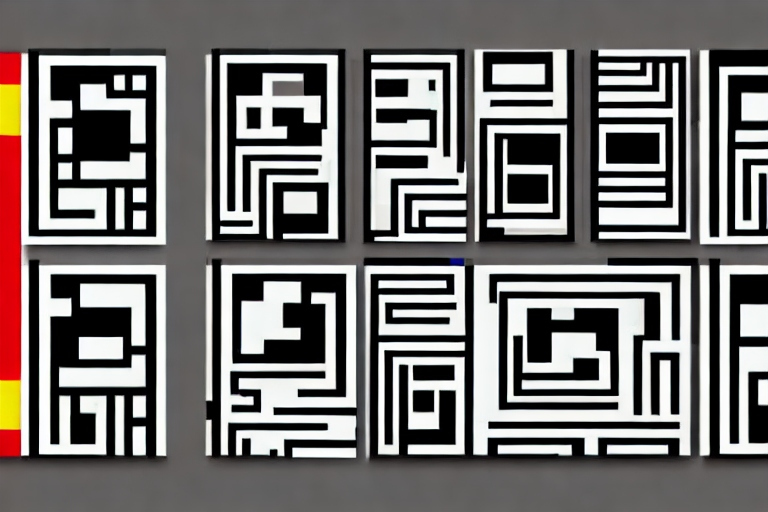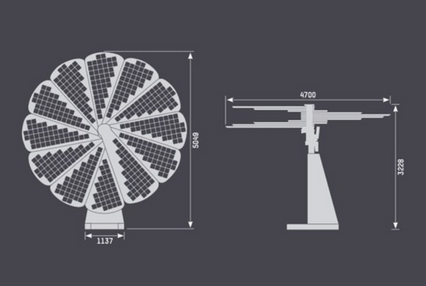
Photo credit: Decoded Disorder , Studio III, MRAC 2021/2022, Students: Alfred Bowles, Huanyu Li, Shamanth Thenkan, Vincent Verster; Faculty: Alexandre Dubor, Marielena Papandreu (read more: https://www.iaacblog.com/programs/decoded-disorder-2/)
Description
The building and construction sector is not on track to achieve decarbonization by 2050. The gap between actual climate performance in the sector and its decarbonization pathway is widening even as the adverse effects of climate change are becoming painfully obvious, pointing to significant risks to climate stability, healthy ecosystems, and human well-being.
We need to change the way we live, design, and utilise our buildings. To enable this, architects, engineers, and construction professionals must work together in new ways to rethink how we design and deliver projects. We must develop the built environment in a way that respects our planetary boundaries as an ecological ceiling that ensures that we do not overshoot our pressure on Earth’s life-supporting systems while also securing a social foundation to ensure that no human being falls short on life’s essentials.
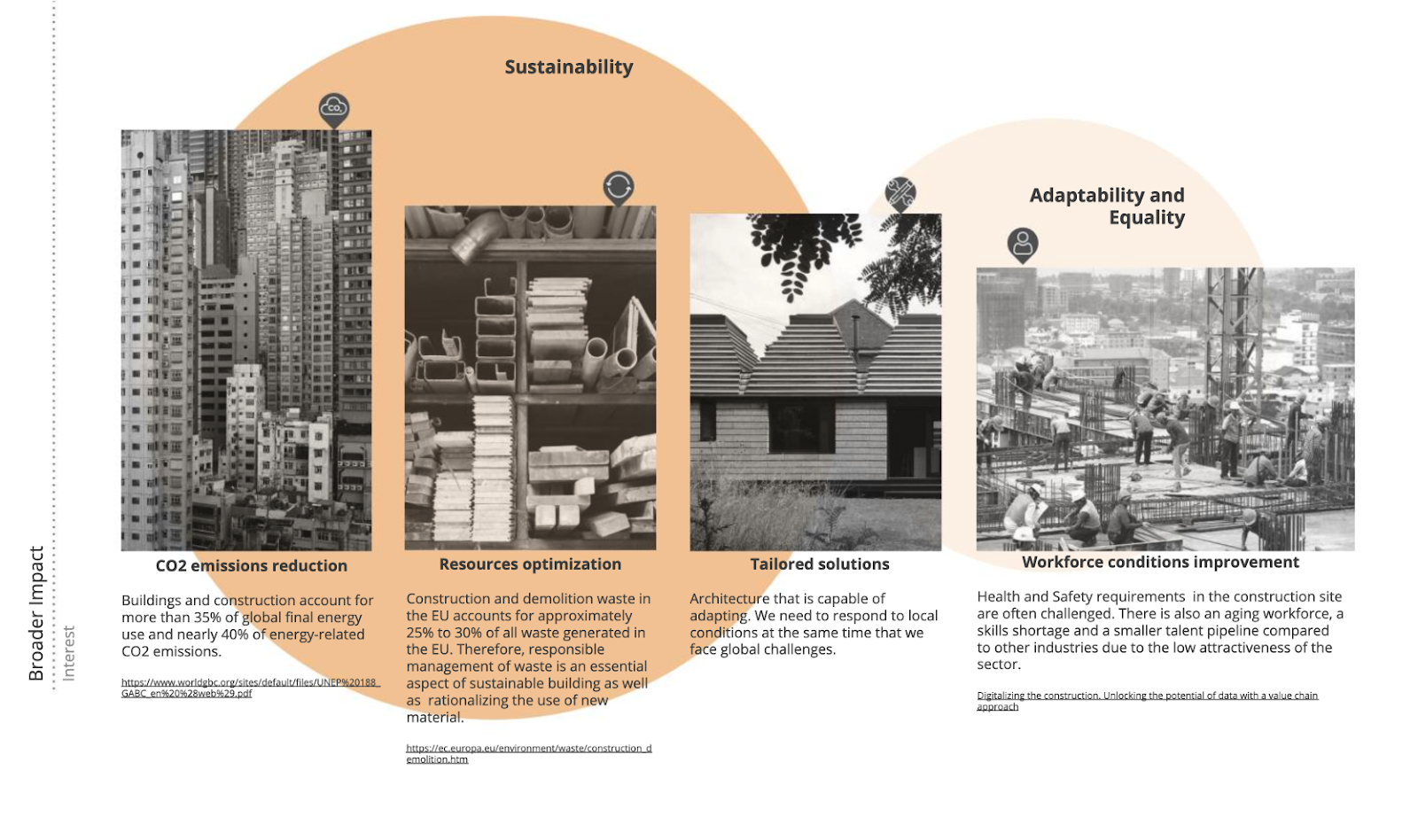
Photo credit: Digitalisation of the Construction Sector Applied Theory, MRAC 2019/2020, Students: Gjeorgjia Lilo, Anna Batallé Garcia, Elena Jaramazovic, Faculty: Mathilde Marengo (read more: https://www.iaacblog.com/programs/digitalisation-construction-sector/)
The built environment is risk averse and slow to change. Construction projects come with high complexity, large costs, and a fragmented value chain. In this environment risks scale quickly and moving from idea to implementation is tricky when challenging the status quo.
However, increasing environmental demands from regulators, investors and building occupiers means that business as usual does not seem like such great business anymore. There is a growing uncertainty amongst investors and developers about how to secure the viability of buildings and their long-term value.
Integrating research into the design and delivery of buildings can enable new productive ways of securing value while balancing the needs of the planet and people. New technologies hold the promise of making design smarter and more informed, reducing material and carbon impacts, improving building performance, linking design and construction, enhancing circular materiality, and documenting building use and value.
But true and scalable innovation requires the alignment of technical and social systems. The multiple challenges we are facing as a sector are organisational as much as technical; ensuring that new technologies deliver the promised impact requires rethinking of the processes of design and construction. Reconsidering design, research, technology, and project delivery is prerequisite to ensuring that architecture continues to deliver value for people while respecting the boundaries of our planetary systems.
Learning Objectives
- Develop Critical thinking skills:
Contextualise the content of the master within a critical framework focussed on real world deployment scenarios;
Unpack the complexities of bringing cutting edge research into the realm of practice and the associated tangible and intangible barriers.
- Develop strategic thinking skills:
Collect and frame critical thinking learnings into action based proposals with a strategic nature, potentially, but not limited to guidelines.
- Develop Speculative design skills:
Use scenario building as a design tool in order to test feasibility or tangibility of critical and strategic thinking, as well as using this for the basis of a comparative exercise with the goal of further underlining critical and strategic aspects.





